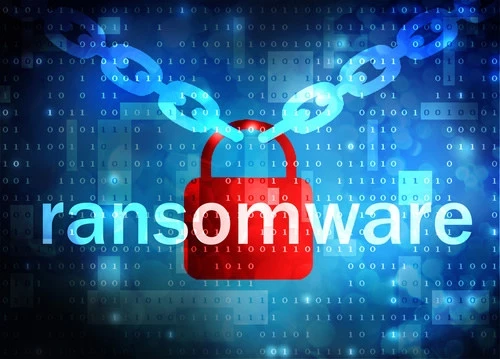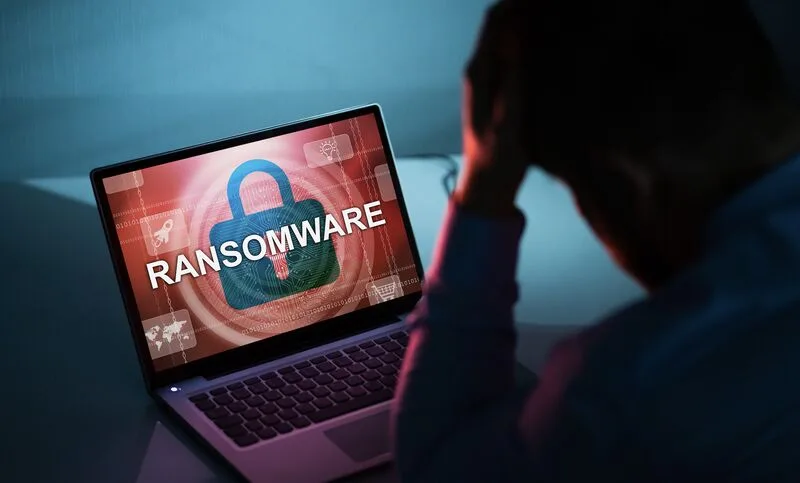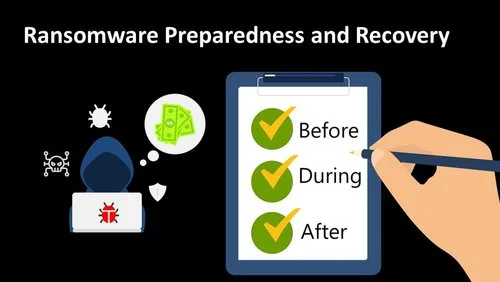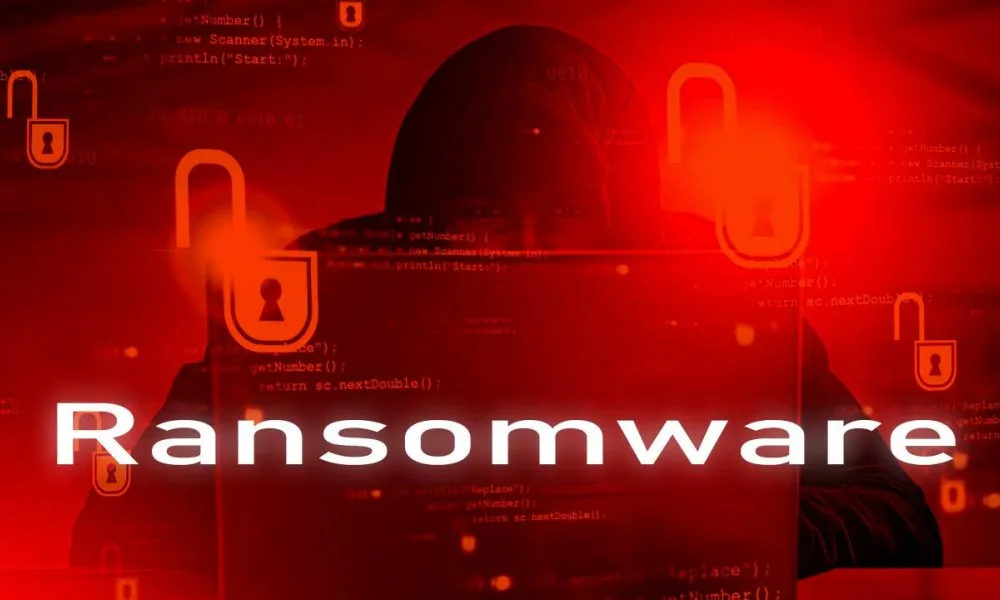The aftermath of ransomware attacks is a complex and often challenging landscape, encompassing various technical, financial, and human dimensions. Nearly every business relies heavily on technology to keep their operations running smoothly. With the increasing threat of ransomware attacks, however, it’s crucial for businesses to have a well-thought-out plan for business continuity. Ransomware attacks can bring your business to a screeching halt, causing significant financial losses and reputational damage. As an example, the recent MGM cyberattack is estimated to have cost it more than $100 million.
In the ever-evolving landscape of cybersecurity, the specter of ransomware looms large, casting a shadow that extends far beyond the initial breach. The aftermath of ransomware attacks is often a chaotic journey through a digital battlefield, leaving individuals and organizations grappling with the daunting task of recovery. In this human-centric guide, we embark on a narrative that goes beyond technicalities, delving into the emotional and strategic dimensions of navigating the fallout and reclaiming control.
Navigating the Aftermath of Ransomware: A Human-Centric Guide to Recovery

The Shockwave of a Ransomware Strike: A ransomware attack is not just an assault on systems; it’s an intrusion into the lives and livelihoods of those affected. The shockwave reverberates through personal and professional realms, instigating a profound sense of violation. Individuals may find themselves questioning the security of their digital existence, grappling with the very human emotions of fear, anger, and vulnerability.
The Emotional Toll on Individuals and Teams: As the smoke clears, the emotional toll becomes palpable. For individuals, the violation of privacy is akin to a digital home invasion, leading to heightened anxiety about personal data and the loss of a sense of cyber sanctuary. In organizational settings, teams face the strain of navigating blame and accountability, with cybersecurity professionals often shouldering the weight of the incident.
Charting a Course for Recovery: Recovery is not solely about rebuilding systems; it’s a holistic process of healing. From a technical standpoint, it involves meticulous data restoration, system fortification, and implementing enhanced security measures. Equally important is acknowledging the human aspect — providing support for individuals dealing with the emotional aftermath and fostering a culture of resilience within teams.
The Role of Communication in Healing: Transparent and empathetic communication emerges as a linchpin in the recovery process. Acknowledging the impact on individuals and teams, coupled with a commitment to transparency, helps rebuild trust. Leaders must step into the breach not only as cybersecurity architects but as compassionate communicators, guiding their teams through the labyrinth of uncertainty.
Learning from the Experience: Every ransomware incident is a teacher, albeit a harsh one. Embracing a culture of continuous improvement, organizations can glean valuable lessons from the experience. From identifying vulnerabilities to refining incident response plans, the aftermath of ransomware becomes a fertile ground for growth and resilience.
A Call for Human-Centric Cybersecurity: In the aftermath of ransomware, a paradigm shift is imperative. Beyond the bytes and algorithms, the human factor emerges as the nucleus of cybersecurity. Empowering individuals through awareness, fostering a resilient organizational culture, and embracing the collective responsibility for cybersecurity constitute the cornerstone of a human-centric approach to fortifying digital landscapes.
As we navigate the aftermath of ransomware attacks, let us not only rebuild systems but also fortify the human spirit. In the intersection of bytes and emotions, lies the path to recovery, resilience, and a cybersecurity landscape that places humans at its core.
Overview of the Aftermath of a Ransomware Attack
Here’s an overview of what the aftermath of a ransomware attack typically looks like:

- Technical Disruption:
- Data Encryption: Ransomware typically encrypts files and systems, rendering them inaccessible to the victim. Recovering these files without the decryption key can be a significant technical challenge.
- System Downtime: To contain the spread of the attack, organizations often shut down affected systems, leading to operational disruptions and downtime.
- Financial Impact:
- Ransom Payments: Some organizations, as a last resort, may choose to pay the ransom to obtain the decryption key. This decision comes with financial implications and ethical considerations.
- Recovery Costs: Even without paying the ransom, organizations incur costs related to investigating the breach, restoring systems, and implementing enhanced cybersecurity measures.
- Data Loss and Integrity Issues:
- Data Exfiltration: In some cases, attackers may exfiltrate sensitive data before deploying ransomware. This poses additional risks, as the stolen information could be used for various malicious purposes.
- Integrity Concerns: Even after decryption, there’s a risk that the integrity of the data has been compromised, leading to potential challenges in trusting the restored information.
- Recovery Challenges:
- Data Restoration: Restoring encrypted data is a meticulous process that requires effective backups and careful verification to ensure that the recovered files are free from malware.
- System Reconfiguration: Beyond data, affected systems need to be reconfigured and fortified to prevent future attacks. This involves patching vulnerabilities and enhancing overall cybersecurity posture.
- Operational and Productivity Impact:
- Service Disruption: The attack often leads to disruptions in services, impacting internal operations and potentially affecting customers or clients.
- Productivity Loss: Employees may face productivity challenges during the recovery phase, especially if critical systems remain offline or if data loss is extensive.
- Regulatory and Legal Ramifications:
- Regulatory Compliance: Organizations may face legal consequences if the ransomware incident involves a breach of data protection regulations. Reporting requirements and potential fines add to the post-attack challenges.
- Litigation Risks: In cases where sensitive information is exposed, organizations may face legal actions from affected parties, including customers and employees.
- Reputational Damage:
- Trust Erosion: The public and stakeholders may lose trust in an organization’s ability to safeguard sensitive information, leading to reputational damage.
- Communication Challenges: Effectively communicating the incident and the steps taken for recovery is crucial in mitigating reputational harm.
- Emotional and Psychological Impact:
- Employee Stress: Employees may experience stress and anxiety, especially if their personal information is compromised or if the attack disrupts their work environment.
- Leadership Pressure: Leadership teams often face intense scrutiny and pressure during the aftermath, requiring effective crisis management and communication skills.
Enhancing Defenses Against Malware Threats

The primary line of defense against ransomware attacks lies in fortified pre-existing protection. It is imperative to establish robust security measures that shield your systems from the infiltration of malware threats, particularly ransomware. Consider the following key aspects:
- Security Software: A foundational step involves investing in advanced security software equipped with real-time threat detection and prevention capabilities. These tools play a pivotal role in promptly identifying and thwarting ransomware attempts before they can inflict damage.
- Employee Training: The human element is a crucial factor in the fight against ransomware. Providing comprehensive cybersecurity training to your employees is equally vital. Given that human error often serves as the gateway for ransomware attacks, educating your staff on recognizing phishing attempts and suspicious links significantly bolsters your defense.
- Regular Updates: Maintaining the currency of all software, encompassing operating systems and applications, is paramount. This includes vigilant adherence to security updates and patches. Cybercriminals frequently exploit vulnerabilities present in outdated or unpatched software to initiate ransomware attacks. Regular updates act as a proactive defense mechanism against such exploits.
By fortifying these aspects of pre-existing protection, you establish a resilient defense against the evolving landscape of malware threats, ensuring the security and integrity of your systems.
Conclusion
Navigating the aftermath of a ransomware attack requires a coordinated and multi-faceted approach that addresses both technical and human aspects. Organizations must focus not only on restoring systems but also on rebuilding trust, resilience, and a stronger cybersecurity posture.





